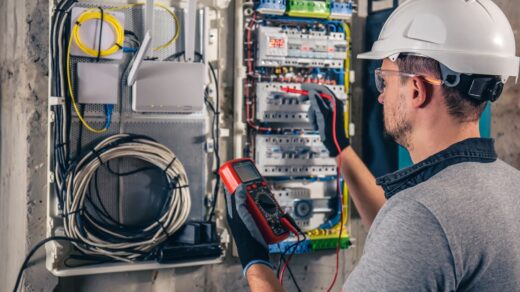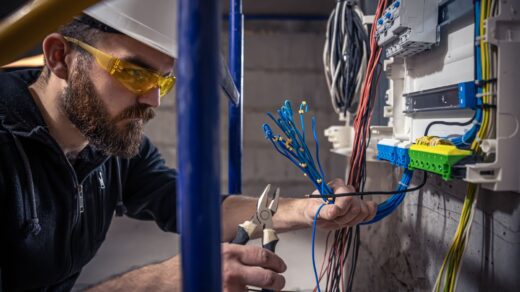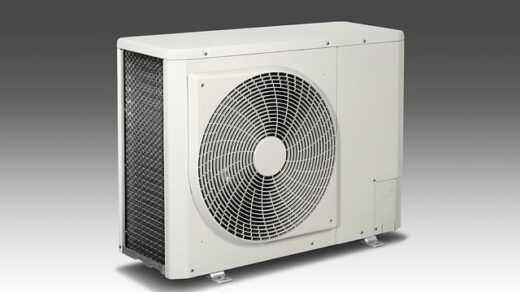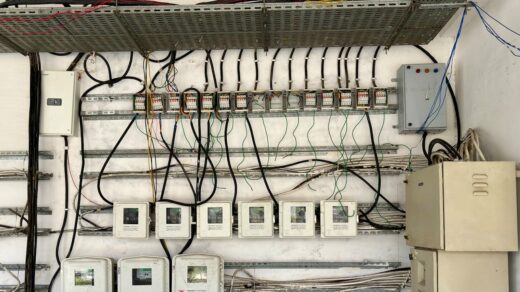The construction landscape has transformed over the years, integrating novel materials and innovative methods. One such element, aluminum wiring, has its roots deep in the history of construction but is still relevant today. This article sheds light on where aluminum wiring finds its application in contemporary construction.
Historical Context of Aluminum Wiring
Aluminum wiring became a popular choice during the mid-20th century, predominantly as an economical alternative to copper. Its usage peaked during the 1960s and 1970s. However, with concerns about its safety in residential applications, its popularity diminished for a while. Today, with improved alloys and safer installation methods, aluminum wiring is making a resurgence in certain applications.
Benefits of Aluminum Wiring
- Cost-Effective: Aluminum typically costs less than copper, making it an appealing choice for large-scale projects;
- Lightweight: Its lightweight nature eases transportation and installation;
- Flexibility: Aluminum is pliable, making it suitable for varied construction needs;
- High Conductivity: Despite being less conductive than copper, when appropriately sized, aluminum can effectively carry current.
Modern Applications in Residential Construction
Contrary to popular belief, aluminum wiring still finds its place in modern homes. Mainly, it’s used for:
- Large appliances like air conditioners and refrigerators;
- Service entrance wires and main panels.
Utility and Industrial Usage of Aluminum Wiring
In the realm of utilities and industries, aluminum wiring stands tall:
- Power Grids: Aluminum’s cost-effectiveness makes it a prime choice for long-distance power lines;
- Industrial Machinery: Due to its high tolerance against heat, it’s ideal for heavy machinery.
Safety Considerations and Regulatory Insights
Post the concerns of the ’70s, modern aluminum wiring, especially the alloys, is designed to reduce problems like overheating. However, the installation requires adherence to specific codes and standards to ensure safety.
Comparison: Aluminum vs. Copper Wiring
| Feature | Aluminum Wiring | Copper Wiring |
|---|---|---|
| Cost | Generally Cheaper | More Expensive |
| Weight | Lighter | Heavier |
| Conductivity | High (but less than copper) | Highest |
| Flexibility | High | Moderate |
| Oxidation & Corrosion | Can Oxidize | Less Likely to Oxidize |
Environmental Impact and Sustainability of Aluminum Wiring
In an era where sustainable construction practices are no longer optional but a requisite, it’s imperative to scrutinize the environmental implications of our choices. Aluminum wiring, often overshadowed by its functional aspects, carries a significant environmental narrative that needs attention.
- Resource Abundance and Mining: Aluminum is the third most abundant element in the Earth’s crust, with bauxite being its primary ore. Bauxite mining, while having environmental implications, is less invasive than many other mineral extraction processes. With continuous advancements in mining technologies, the environmental footprint of bauxite extraction is continually decreasing;
- Recallability: One of aluminum’s standout environmental features is its recallability. Unlike many materials that degrade in quality upon recycling, aluminum can be recycled infinitely without loss of integrity or quality. This property reduces the demand for fresh aluminum, subsequently reducing the strain on natural resources and energy. Today, nearly 75% of all aluminum ever produced is still in use, thanks to recycling;
- Energy Consumption: While the initial production of aluminum is energy-intensive, its long lifespan and recallability mean that the overall energy consumption is spread over a more extended period, reducing its lifetime energy footprint. Moreover, technological advancements are leading to more energy-efficient aluminum production methods, further shrinking its carbon footprint;
- Carbon Footprint: Aluminum production, especially using coal-driven electricity, has its share of CO2 emissions. However, with a global push towards renewable energy sources, the carbon footprint of aluminum production is on the decline. Furthermore, when used in construction, aluminum’s durability and low maintenance requirements offset some of its initial environmental costs;
- End-of-Life Management: Post its utility phase, aluminum wiring doesn’t end up as waste. With the high value of scrap aluminum and the ease of recycling, old aluminum wiring systems are often reclaimed, ensuring minimal landfill waste.
In the broader scheme of sustainable construction, the choice of materials plays a pivotal role. Aluminum wiring, with its blend of functional excellence and environmental consideration, exemplifies a material choice that resonates with the ethos of modern sustainable practices. As construction professionals and consumers, recognizing and leveraging such benefits can pave the way for a greener built environment.
Video Guide
If you still have questions, we suggest you watch the video we have prepared for you. Enjoy watching it!
Conclusion
While aluminum wiring faced its share of controversy, its presence in today’s construction industry is undeniable. Its advantages, combined with improved alloys and installation methods, ensure that it remains a staple in many modern applications. Whether in a residential setting or sprawling industrial complexes, aluminum wiring continues to be an integral part of our constructed environment.








